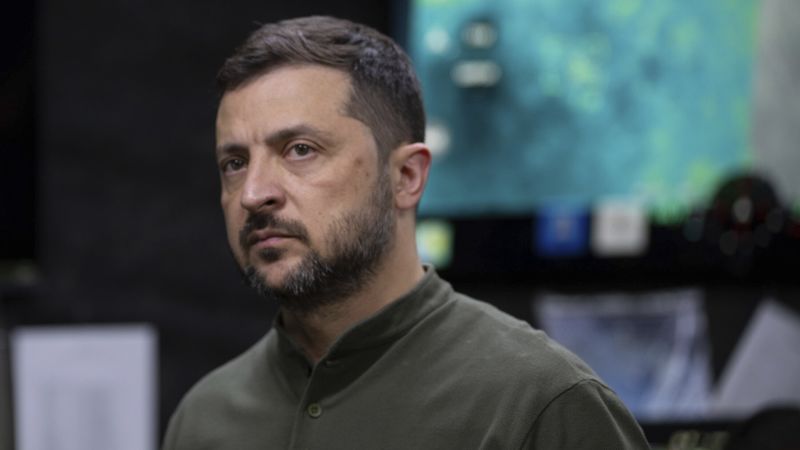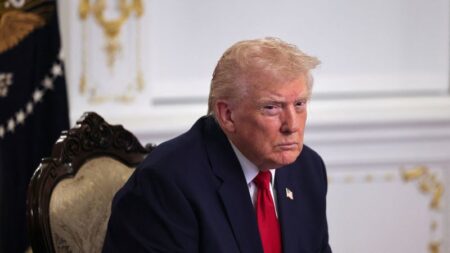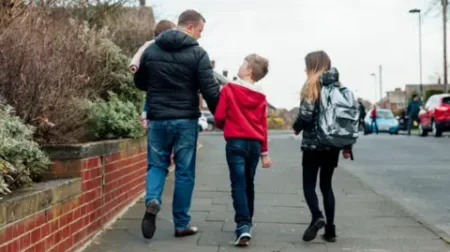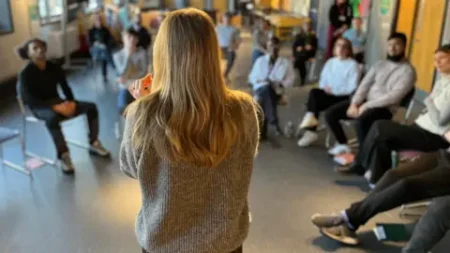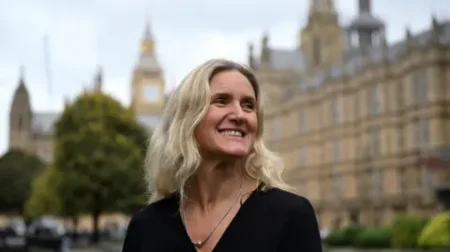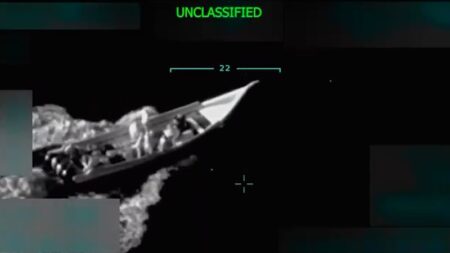On a significant diplomatic occasion, President Donald Trump declared that he would meet Russian President Vladimir Putin next week in Alaska, triggering a flurry of activity among European leaders striving to grasp the implications of this meeting for Ukraine’s future. With a sense of urgency, officials scrambled to ensure that any discussions between the two powers would not overlook the interests of Ukraine, particularly amid ongoing hostilities in the region.
During a hurried meeting in the English countryside, Vice President JD Vance engaged with leaders from various European nations. These officials vocalized their support for Trump’s diplomatic endeavors but insisted that peace talks could only proceed if a ceasefire was established first and that Ukraine needed to be an integral participant in any forthcoming discussions. They emphasized the importance of including Ukrainian perspectives to avoid any decisions being made without their consent.
Ukrainian President Volodymyr Zelensky, however, was notably not listed among the attendees for the upcoming Alaska summit between Trump and Putin, scheduled for the following Friday. Although the White House has not entirely dismissed the possibility of involving Zelensky in subsequent discussions, officials indicated that any engagement would likely follow the Trump-Putin meeting. The intricacies surrounding the summit’s logistics were still being firmed up, with an official announcement regarding the specific location remaining pending.
Trump’s openness to the idea of a trilateral meeting involving both leaders was stated by a White House representative. However, the current focus is on executing the bilateral discussions initially requested by Putin, stressing the rapid pace at which this diplomatic effort has unfolded since Trump’s announcement on social media about the meeting. European partners have engaged in extensive discussions behind the scenes to garner support from U.S. allies, aiming to align on a common approach to the conflict.
Critically, Trump’s announcement refrained from mentioning Zelensky’s potential involvement in the talks, despite the Ukrainian leader’s insistence—and that of European allies—that any negotiations to end the war must directly involve Ukraine. Following Vance’s meeting, detailed discussions of the preferences voiced by European leaders were presented, aiming to clarify their stance on the proposed Russian plan that was articulated during envoy Steve Witkoff’s recent meeting in Moscow.
European representatives stressed several critical conditions: the necessity of Ukraine’s participation in negotiations, the establishment of a ceasefire as a precursor to any other steps, and the need for mutual concessions. If Ukraine were to give up territorial claims, Russia should reciprocate with concessions of its own, further indicating a strong desire for equity in any agreements that might emerge from these negotiations.
Subsequent statements issued by leaders from France, Germany, Italy, Poland, the United Kingdom, the European Union, and Finland applauded Trump’s endeavors to halt violence in Ukraine and end Russia’s aggressive maneuvers. Nevertheless, these leaders articulated their outlined terms for peace, which differed from the boundaries presented by Putin, notably demanding that Ukraine have agency over its future.
Summarizing the collective frustrations of European officials, the joint statement articulated a commitment to the principle that borders should not be altered through force. The need for robust security guarantees to bolster Ukraine’s defense capabilities was also highlighted as a non-negotiable stipulation in any diplomatic agreement aimed at concluding hostilities.
Rapid diplomatic developments led to heightened concerns among European leaders about Ukraine potentially ceding land to Russia, particularly regarding regions of strategic interest. The ambiguity surrounding the specifics of Putin’s proposals left many uncertainties regarding the fate of contested territories, such as the Donbas region and others.
To address these concerns proactively, Vice President Vance held a lengthy meeting featuring British Foreign Secretary David Lammy and officials from various European nations, including Ukraine, during which U.S. perspectives on the negotiations were shared. The session aimed to mitigate anxieties by elaborating on the U.S. understanding of Russia’s stance in light of ongoing deliberations.
In a post-meeting address, Zelensky expressed optimism with the progress made, asserting that the United States appeared to be attentively considering Ukraine’s arguments in their diplomatic strategies. The overall atmosphere suggests that while challenges loom, there seems to be a collaborative intent to navigate the complexities of this delicate geopolitical landscape effectively.





